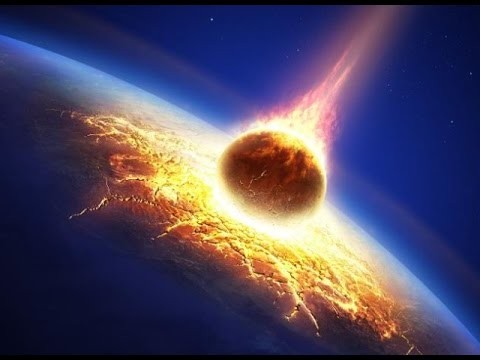Chinese scientists from Purple Mountain laboratory, in Nanjing, the capital of the eastern province of Jiangsu, recently confirmed that a massive asteroid with a power equivalent to that of 3 billion atomic bombs was headed for earth. The lab arrived at the disturbing discovery using Asia's largest telescope.
According to AOL News, the asteroid passed planet Earth at a range of 18.8 times the distance between Earth and the moon. The range was considered as too close for comfort because any little variation of its course could mean an apocalyptic end of our planet.
The asteroid, codenamed 2009ES, is one of 1600 other asteroids known as "minor bodies" that are currently headed for Earth, according to News Room. Scientists had kept a close eye on it to both track its course and ensure that there would be no minor change in its flight path.
Researchers believe that a similar asteroid, both in size and magnitude (roughly 10,000 meters), was responsible for the extermination of dinosaurs 65 million years ago. So, whether it was headed for earth or not, there was nothing that the human race could do to stop it.
In the meantime, astrophysicists have put up a new warning system to help speed up the calculation of where and when incoming steroids could strike our planet. By examining observations of lately reported space objects, a computer program dubbed scout can now quickly identify potentially dangerous asteroids, then proceed to calculate their precise paths.
In an interview with Space.com, Manager of NASA's center for Near-Earth Object (NEO) Paul Chodas, said that the computer would concentrate on objects that observers have reported and those that are suspected to be asteroids. While mid-sized asteroids are usually identified before they hit earth, smaller ones are hard to spot.
For instance, on Oct. 7, 2008, an 80-ton rock passed through the earth's atmosphere and exploded above a remote area in Sudan. The asteroid, named 2008 TC3, was spotted 19 hours before it reached the Earth's surface, making it the very first one tracked before crashing into our planet.
However, the short notice was very short for astronomers to carry out follow-ups. And that is why NASA has installed the new system. Watch a video of 2009ES and its fate below:




























